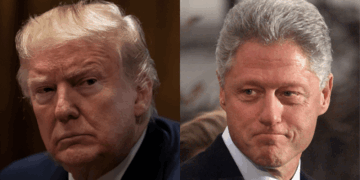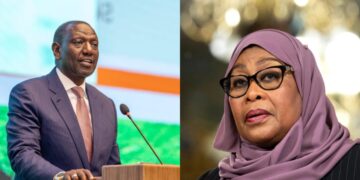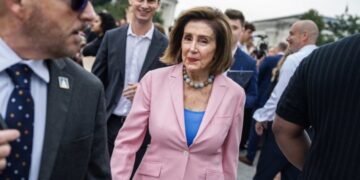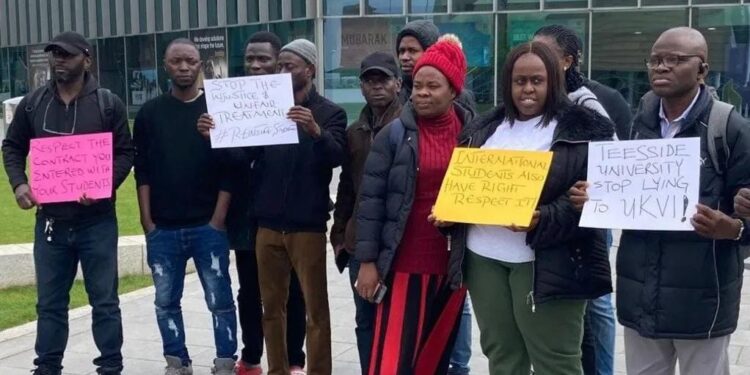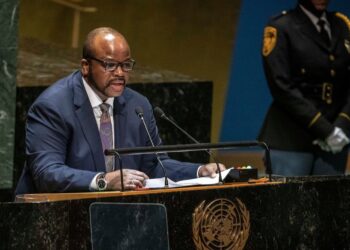By Ebi Kesiena
U.S. colleges and universities have reported a significant 17 percent drop in newly enrolled international students this fall, a trend attributed largely to tightened visa rules and broader immigration policies introduced under President Donald Trump’s administration.
The findings, released on Monday by the Institute of International Education (IIE), reflect data from 825 American higher education institutions. Of the schools reporting declines, 96 percent cited concerns over visa applications, while 68 percent pointed to U.S. travel restrictions as contributing factors.
According to the report, the Trump administration’s enhanced scrutiny of legal immigration has created new hurdles for prospective students. Recent policies include attempts to cap the number of international students admitted into U.S. universities and expanded vetting processes. The State Department now directs consular officers to demand access to applicants’ social media accounts, a measure officials say is intended to detect individuals who may pose security risks.
Some students have experienced revoked visas, while others seeking new visas have encountered prolonged processing delays. Many institutions also reported the impact of long wait times and a temporary pause in visa issuance earlier in the year.
White House spokesperson Anna Kelly defended the administration’s approach, stating that President Trump is focused on “strengthening our country’s visa programs to put American national security first.”
Meanwhile, the IIE report notes that complications in the visa process, particularly delays and denials have historically been the leading cause of declining international enrollment. These challenges are contributing to mounting financial concerns for many schools, as international students often pay full tuition and are ineligible for federal financial aid. Their presence has been crucial in offsetting falling domestic enrollment, rising operating expenses and reductions in state funding.
An estimated 1.2 million international students studied in the U.S. during the 2024–2025 academic year, according to NAFSA: Association of International Educators. Their economic contribution was valued at $55 billion in 2024, based on data from the Bureau of Economic Analysis.
Despite the nationwide decline, the report shows that trends vary: 29 percent of institutions saw an increase in new international enrollments, 14 percent reported no change, while 57 percent recorded decreases. The sharpest drop was among students from India, currently the largest source of international students in the U.S, suggesting they are a driving force behind the overall downturn.








